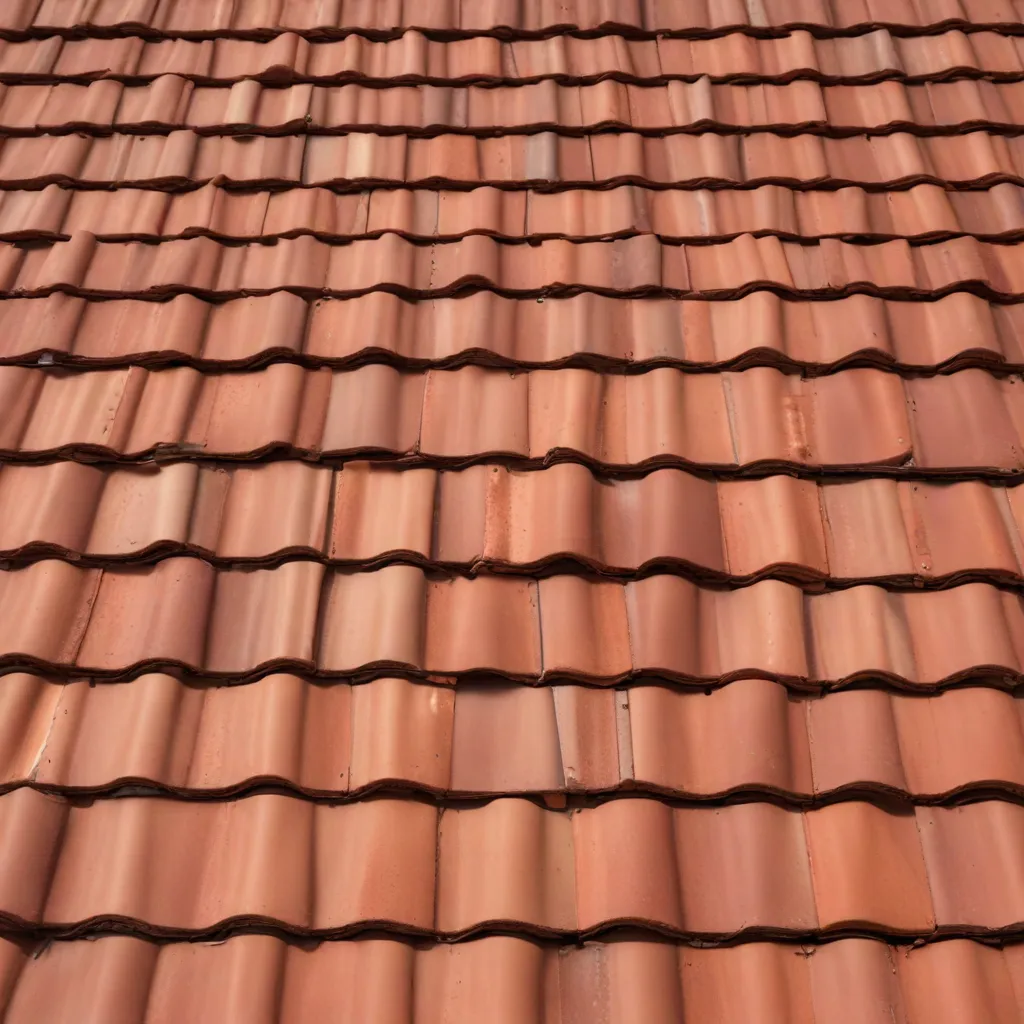
The roofing industry has undergone a remarkable transformation, with tile roofing at the forefront of cutting-edge advancements. As homeowners and building professionals seek more durable, energy-efficient, and aesthetically pleasing roofing solutions, the versatility of tile has positioned it as a leading choice. From traditional clay and concrete compositions to emerging synthetic formulations, tile roofing materials are evolving to meet the diverse needs of modern structures.
Tile Roofing Materials
Traditional Tile Compositions
Clay and concrete tiles have long been the cornerstone of tile roofing, renowned for their exceptional durability and classic, timeless appeal. These natural materials offer superior resistance to fire, rot, and insect damage, making them a reliable choice in a wide range of climates. Their inherent thermal mass also contributes to improved energy efficiency, helping to regulate indoor temperatures and reduce heating and cooling costs.
Emerging Tile Compositions
While the traditional tile materials continue to be popular, the roofing industry has witnessed the rise of innovative synthetic tile options. These cutting-edge compositions, often made from polymers or composites, harness the benefits of modern manufacturing techniques to deliver enhanced performance characteristics. Synthetic tiles can mimic the aesthetics of their natural counterparts while offering improved impact resistance, reduced weight, and more design flexibility.
Tile Durability and Weathering
One of the key advantages of tile roofing is its exceptional longevity. Clay and concrete tiles can often last for decades, with proper installation and maintenance, withstanding the elements and maintaining their structural integrity. Advancements in coatings and sealants have further enhanced the weathering properties of tile, enabling them to better resist fading, cracking, and moisture infiltration over time. This long-term durability translates to reduced maintenance requirements and a lower total cost of ownership for building owners.
Innovative Tile Roof Designs
Architectural Aesthetics
Tile roofing has long been valued for its ability to complement a wide range of architectural styles, from classic Mediterranean villas to contemporary farmhouse designs. The versatility of tile allows for the creation of intricate patterns, unique profiles, and diverse color palettes that can be seamlessly integrated into a building’s overall aesthetic. This design flexibility has made tile a popular choice among architects and homeowners seeking to enhance the visual appeal of their properties.
Functional Enhancements
Beyond their aesthetic prowess, modern tile roofing systems incorporate innovative features that improve functionality and performance. The incorporation of ventilated roof designs and integrated roofing systems can enhance airflow, mitigate heat buildup, and provide superior moisture management. Additionally, the development of impact-resistant tiles and wind-uplift-rated systems has increased the resilience of tile roofs in the face of severe weather events.
Sustainability Considerations
As environmental consciousness continues to shape the construction industry, tile roofing has emerged as a sustainable choice. Recycled content and renewable materials are being increasingly used in tile manufacturing, reducing the carbon footprint of these roofing systems. Moreover, the thermal insulation properties of tile can contribute to a building’s overall energy efficiency, helping to lower greenhouse gas emissions and operating costs.
Tile Roof Manufacturing Advancements
Automated Production Processes
The tile roofing industry has embraced the power of automation and digitalization to streamline the manufacturing process. Advanced robotic systems and computer-controlled equipment have enhanced the precision, consistency, and efficiency of tile production, leading to improved quality and reduced lead times. This automation has also enabled manufacturers to explore new tile profiles, textures, and colors, expanding the design possibilities for architects and homeowners.
Material Science Innovations
Ongoing research and development in material science have led to significant advancements in tile roofing compositions. Engineered clay formulations, high-performance concrete mixes, and innovative polymer-based tiles are being introduced to the market, offering enhanced durability, thermal performance, and environmental sustainability. These material innovations are pushing the boundaries of what is possible in tile roofing, providing building professionals with a wider range of solutions to meet their project requirements.
Quality Control Measures
To ensure the consistent performance and reliability of tile roofing systems, manufacturers have implemented rigorous quality control measures throughout the production process. From raw material testing to final product inspections, these comprehensive quality assurance protocols help to identify and mitigate potential defects, ensuring that tile roofs meet or exceed industry standards for strength, weatherability, and longevity.
Performance Optimization Strategies
Thermal Regulation
The inherent thermal mass of tile roofing materials, combined with advancements in insulation technologies and ventilation systems, have made tile an increasingly attractive option for improving a building’s energy efficiency. By effectively regulating heat transfer, tile roofs can help reduce the energy demands for heating and cooling, leading to lower utility bills and a smaller carbon footprint.
Moisture Management
Tile roofing systems have long been praised for their ability to effectively manage moisture, thanks to their water-shedding properties and advanced underlayment solutions. The integration of high-performance membranes, ventilated roof designs, and integrated drainage systems has enhanced the tile roof’s capacity to prevent water intrusion and mitigate the risks of mold, rot, and structural deterioration.
Structural Integrity
The durability and structural integrity of tile roofing have been further bolstered by innovations in fastening systems, reinforcement techniques, and seismic-resistant designs. These advancements ensure that tile roofs can withstand the forces of high winds, heavy snowloads, and even seismic activity, providing superior protection for the building and its occupants.
As the roofing industry continues to evolve, tile has emerged as a standout choice, offering a unique blend of timeless aesthetics, exceptional performance, and cutting-edge innovations. From material science breakthroughs to automation and quality control enhancements, the tile roofing sector is at the forefront of the industry’s transformation, delivering solutions that cater to the diverse needs of modern buildings. By embracing these advancements, building professionals and homeowners can unlock the full potential of tile roofing, ensuring the long-term durability, energy efficiency, and aesthetic appeal of their properties.
To learn more about the latest tile roofing technologies and how they can enhance your next project, visit Genuine Roof Systems. Our team of roofing experts is dedicated to providing tailored solutions that seamlessly integrate form, function, and sustainability.

























